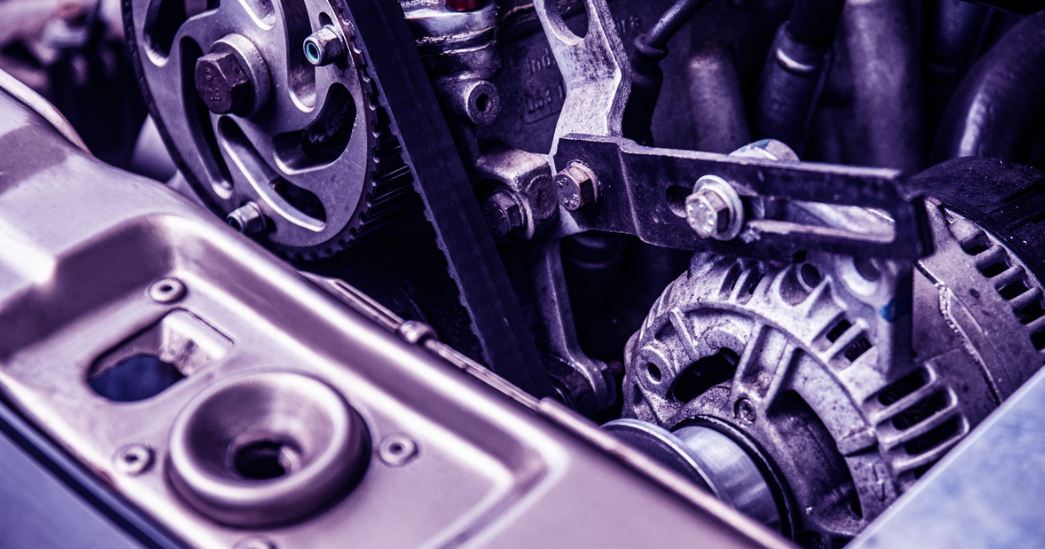Are All Induction Motors The Same?


Induction in electrical engineering is the process by which a material takes on an elemental effect from another material. In other words, induction involves a component becoming like another component in terms of its state. An example of this is found in the induction motor. These motors use electricity and magnetization to induce electric and magnetic properties that transfer from one body to another. Through an electric charge, the stator winding of an induction motor generates a magnetic field that induces movement in the rotor to produce torque.
Although the basic principles involved in AC induction motors are pretty consistent, there are different types of motors that use induction. Additionally, an induction motor manufacturer like ARC Systems can create custom induction motors that may operate according to unique standards set by a project’s requirements. You can specify induction motors from ARC Systems Inc. that create differing degrees of torque and consume various levels of current depending on your project’s needs.
Six Classes of Induction Motors
In general, there are six different classes of induction motors recognized in the United States and in Europe. These classes are divided based on the starting torque, the starting current and the amount of slip produced. Below is a brief description of each:
Class A
Class A induction motors utilize normal starting torque and normal starting current. These types of motors have very low slip.
Class B
Class B induction motors will have normal starting torque, but they will have a low starting current. Additionally, Class B induction motors have low slip.
Class C
When you get into Class C induction motors, you’ll find motors that have a higher starting torque and a low starting current. In terms of slip, Class C offers low slip once the motor has reached its full load.
Class D
In a Class D induction motor, the starting torque is very high, but the starting current is low. The slip for a Class D induction motor is high once the motor reaches its full load.
Class E
Class E induction motors utilize a very low starting torque and a normal starting current. They also have low slip.
Class F
Finally, a Class F induction motor will have a low starting torque and current as well as a normal slip.
Three-Phase and Single-Phase
Another way that these kinds of motors are delineated is that some are considered three-phase induction motors while others are known as single-phase. One key difference between the two types is that a three-phase induction motor is self-starting while a single-phase motor will need some type of starting mechanism. The starting torque is also generally higher in a three-phase induction motor compared to a single-phase.
For the most part, three-phase motors are used in settings that require higher power, but this isn’t always the case. While household appliances generally utilize single-phase induction motors, some high-power appliances do use three-phase motors. Industrial applications often use three-phase motors because of the power output and the higher starting torque, but once again, this is not always the case.
What Type Of Induction Motor Do You Need?
If you find that you need an induction motor for a project or to repair or replace something around the house or workplace, it’s recommended that you contact an induction motor manufacturer like ARC Systems Inc. to discuss your needs. An expert can guide you through the process of finding the right motor that will meet your needs without putting out too much power and without under-delivering on performance. If a custom solution is required, ARC Systems can make recommendations and create a solution that works within your project’s requirements and budget.
Recent Posts
GLP-1 Products for Longevity: What You Need to Know About Their Benefits and Science
The search for longevity is shifting from simply extending lifespan to improving healthspan. One of…
How Higher Education is Staying Ahead of the Curve in Procurement
In the rapidly evolving landscape of higher education, procurement plays a critical role in ensuring…
Social Media Mistakes That Can Ruin Your Car Accident Claim
Navigating a car accident claim can feel overwhelming. One critical area often overlooked is social…
What to Expect After a DWI Arrest in Clear Lake, TX
Facing a DWI arrest in Clear Lake, TX can feel overwhelming. Knowing what to expect…
MiniTool Power Data Recovery 12.1: A Comprehensive Review
Data loss is an issue that every computer user fears. Whether it’s due to accidental…
How to Successfully Apply for a Business Credit Card: A Step-by-Step Guide
Key Takeaways: Business credit cards assist in cash flow management, allowing for urgent investments without…


